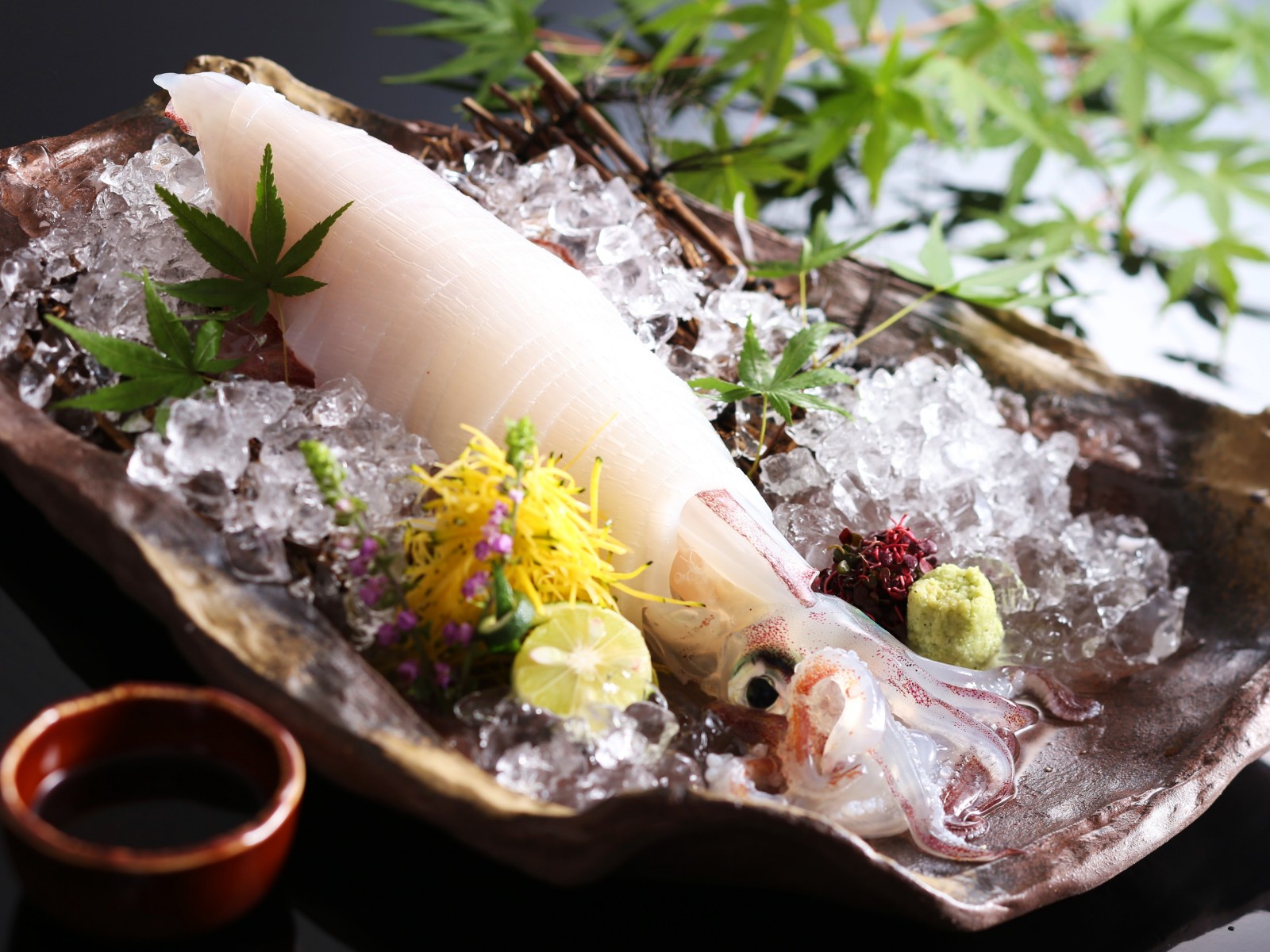At the Rokko Takayama Botanical Garden, “Nikkokisuge” is in full bloom.
Nikkoukisuge known as a flower that brings a refreshing summer to the plateau. Since there is no native area in the west of the Kansai region, it is extremely valuable to see it spread all over the place, and many customers visit this park every year for the purpose of this species. The subalpine belt type was in full bloom in June, but in July, about 2,000 highland type stocks were in full bloom. The vibrant scenery that spreads out like a yellow carpet can be seen well in photographs and images.
◆Nikkokisuge (Sustenaceae)
It is a perennial that grows in the damp grasslands of the subalpine zone of Hokkaido and Honshu (north and north of central Japan). The Oze and Kirigamine communities are famous, and the height is 40 to 70 cm. The flower is a flower for one day and opens in the morning and closes in the evening, but it has a lot of buds on one stem and it blooms one after another, so it can be enjoyed for a long time as a whole. I will. The Nikko sedge that blooms in our garden is in full bloom now, and it is expected that you can enjoy it until late July.

The best summer flowers
Night flowers with a gentle scent
Yuusuge” blooming on summer evenings
As its name suggests, Yusuge is a flower that begins to bloom in the evening and closes the next morning, and the scientific name vespertina also means “flowers open in the evening.” Flowers start blooming around 15 o’clock in this garden, and they are in full bloom just before closing. Fresh scents have a sweet scent that attract insects in the dark.
◆ Yuusuge (Suttaceae)
It is a perennial that grows on slightly dry soil such as grasslands and forest edges in Honshu, Shikoku, and Kyushu. The height of the flower is 100 cm to 150 cm, and it is also called “Kisuge”, and it belongs to the genus Nikkosuge. Unlike Nikkosuge, the lovely lemon-colored flowers have an aroma, but it is thought that this is because the flowers that bloom at night are difficult to see from the pollinating insects, so they emit aroma and attract the insects. Yuusuge, which blooms in our garden, is in full bloom, and we expect to enjoy it until late July.

Transient and beautiful pure white flowers
Sara Soju “Natsu camellia”
The camellia is also called “Sara no Ki” or “Sara Soju” and is often planted in temples. However, “Sasaraju”, one of the three great sacred trees of Buddhism that appears at the beginning of the “Heikemonogatari,” is a dipterocarpaceae native to India and is different from this species. It is believed that the elegant white flowers of the camellia came to resemble Sara Soju.
◆ camellia (Camelliaaceae)
It is a deciduous tree distributed in Honshu (west of Niigata Prefecture and Fukushima Prefecture), Shikoku, Kyushu, and the Korean Peninsula. The bark peels off from the 10th year and creates a unique pattern like a camouflage pattern on the trunk. The flowers are about 5 cm in diameter and have a silky luster due to the dense white hair on the back of the petals. Like the camellia that blooms in winter, the flowers that have finished blooming fall off with the flowers, giving a feeling of taste. The camellia that blooms in our garden is in full bloom, and we expect to enjoy it until late July.

We are working on measures against infectious diseases by adopting a new lifestyle
From the viewpoint of the prevention of new coronavirus infectious diseases, we request the following 4 points from our customers.
(1) Temperature measurement at the entrance with a non-contact thermometer
(2) Secure social distance
(3) Wearing a mask
(4) Frequent disinfection of fingers
◆Business Overview
| Opening period: |
~Monday, November 23 |
| Closed day: |
Thursday, July 16 (Please check the website for closed days after August.) |
| Opening hours: |
10:00~17:00 (ends at 16:30) |
| Admission fee: |
Adult (junior high school student or older) 700 yen / Child (4 years old to elementary school student) 350 yen |
>Rokkosan Portal Site













































